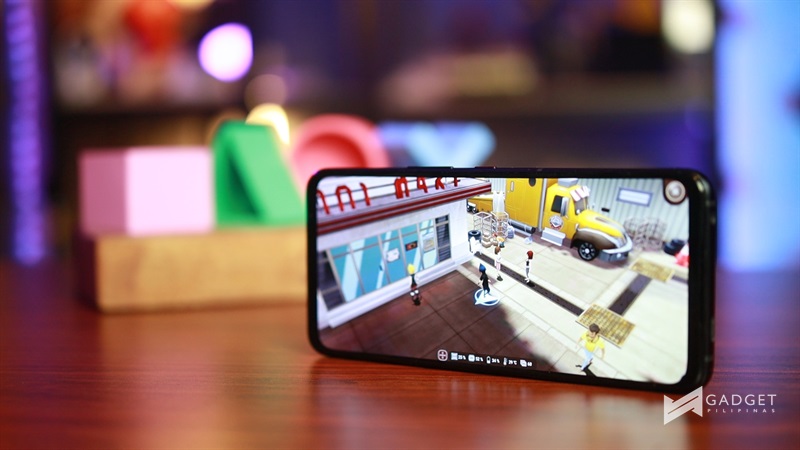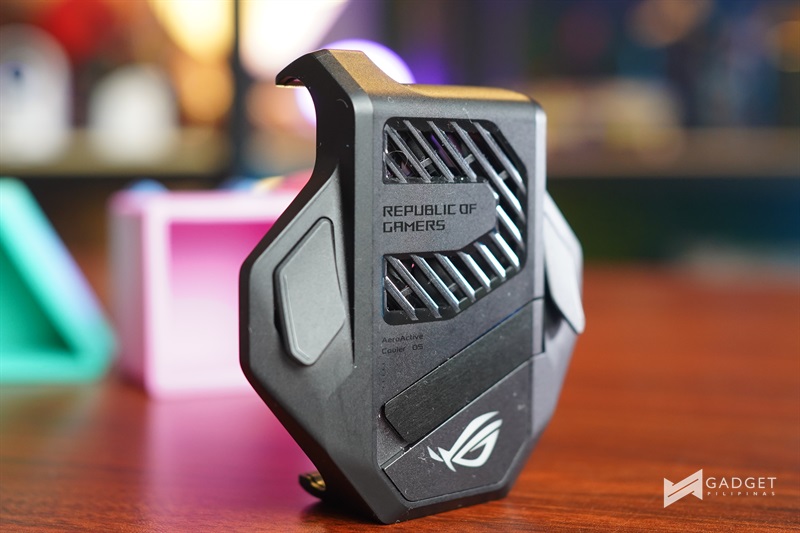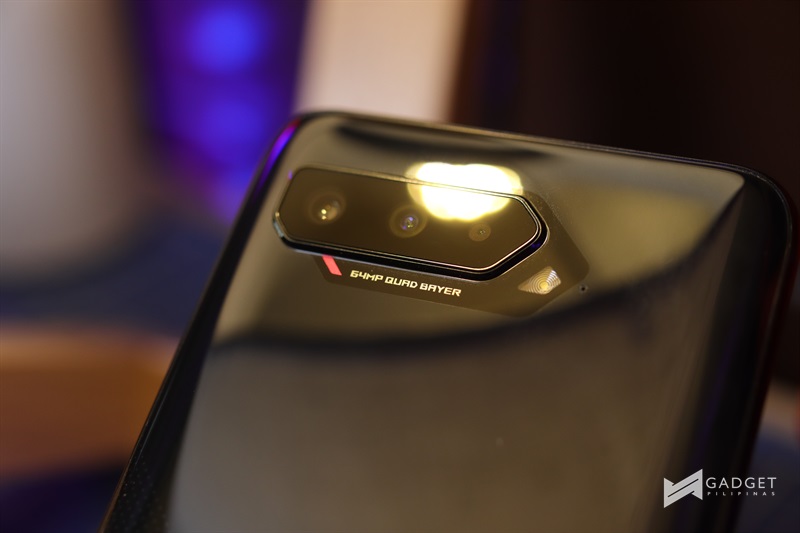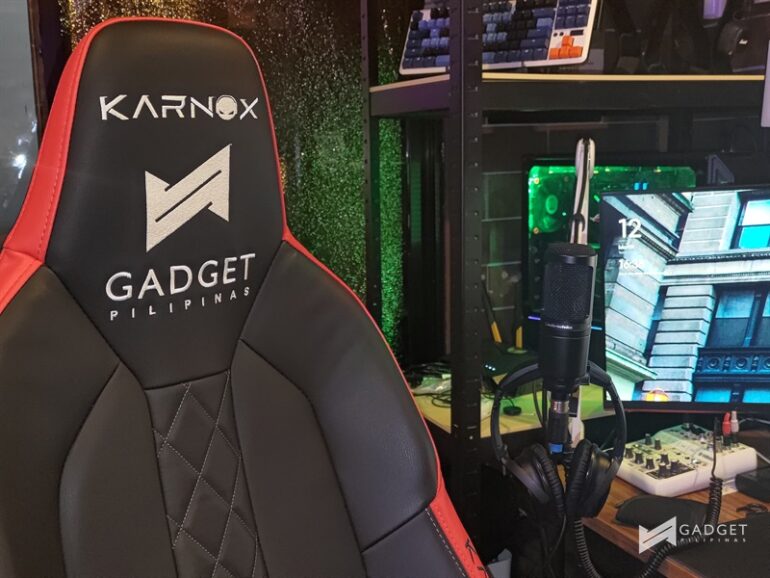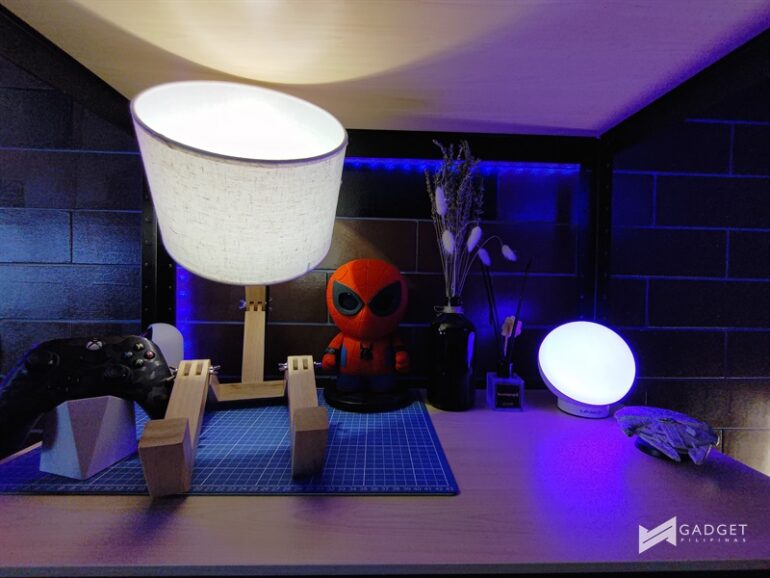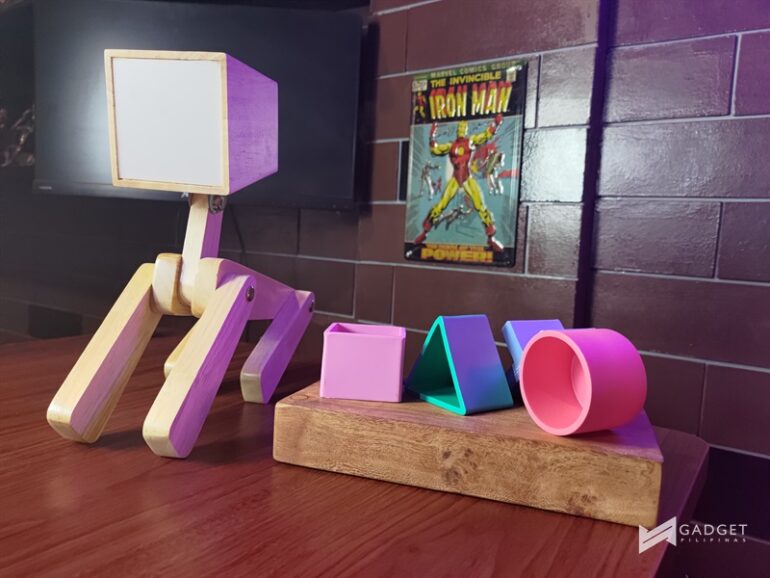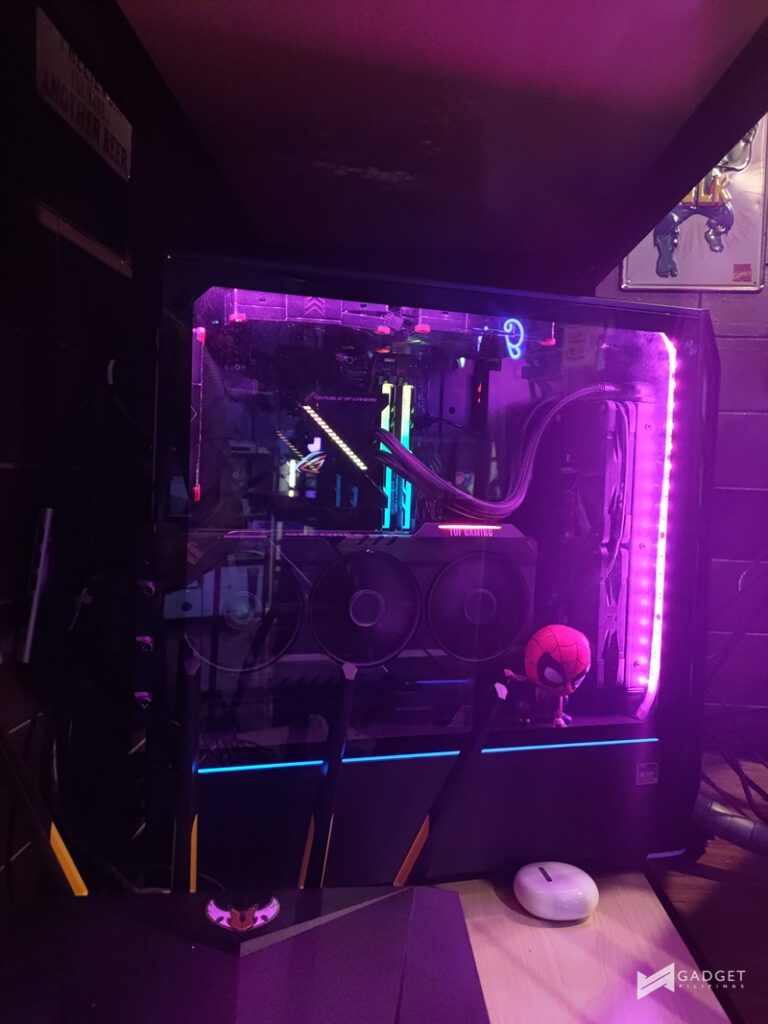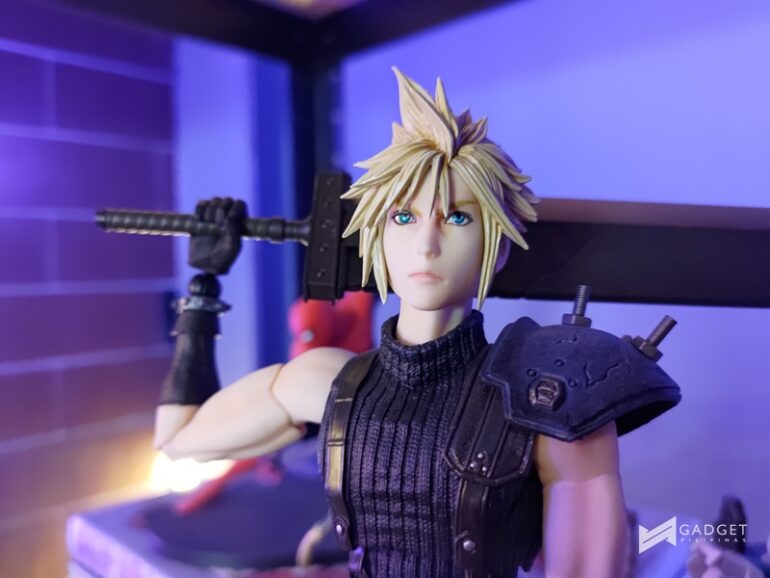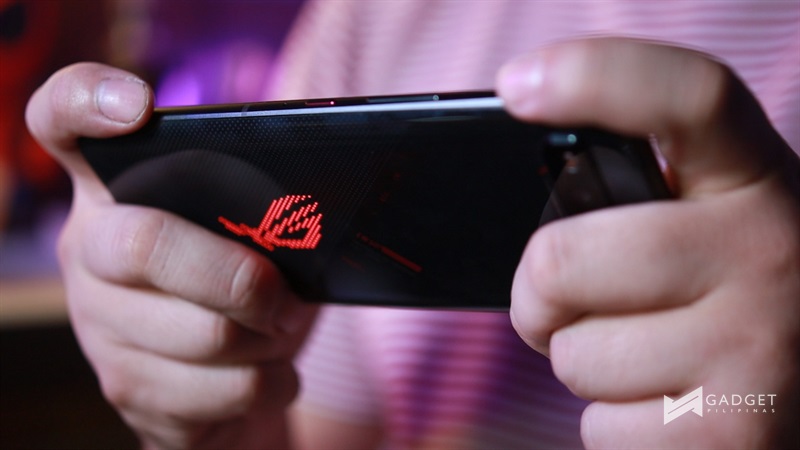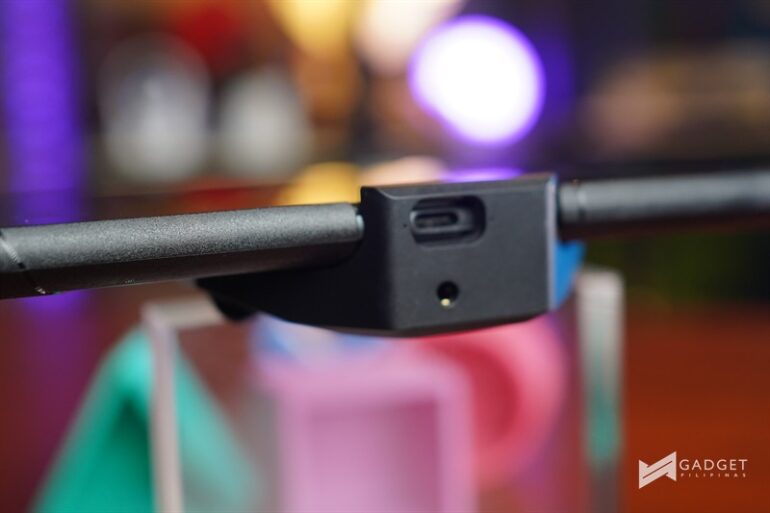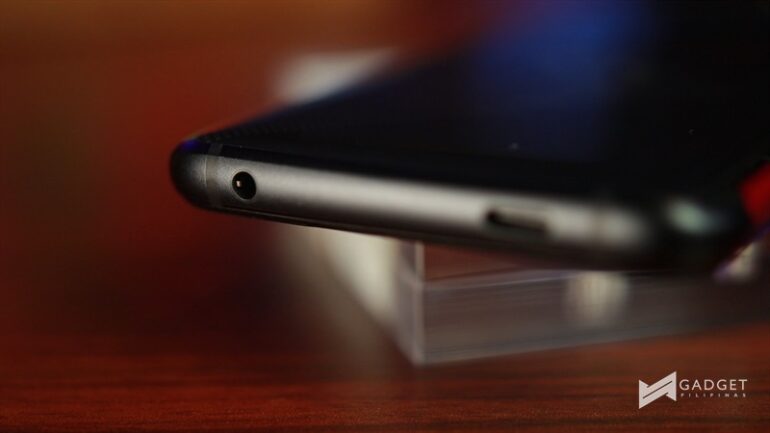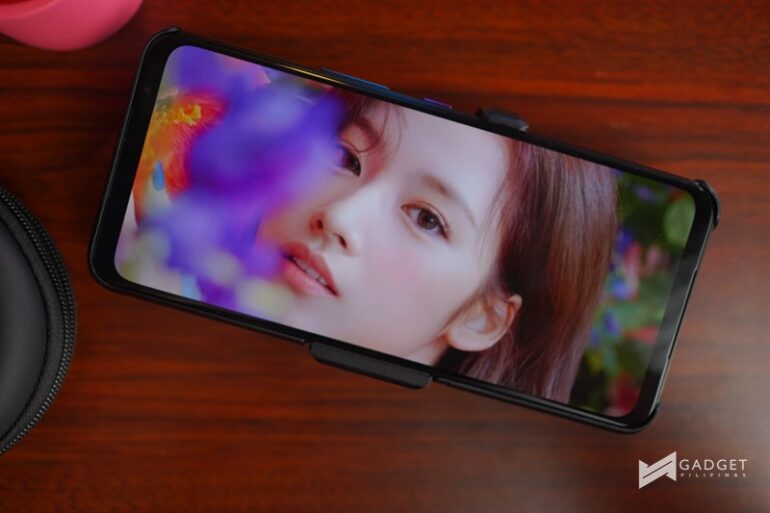ASUS ROG Phone 5 Review
ASUS ROG Phone 5 Specifications
| ASUS ROG PHONE 5 | |
| Display | 2448 x 1080 |
| Dimension | 173 x 77 x 9.9 mm |
| Authentication and Security | Fingerprint |
| Front camera | 24 MP |
| Rear Camera | 13 MP (125° ultrawide-angle lens), 5 MP (Macro), 64 MP (Main camera Sony® IMX686) |
| SoC | Qualcomm SM8350 Snapdragon 888 (5 nm) |
| Processor | Octa-core (1×2.84 GHz Kryo 680 & 3×2.42 GHz Kryo 680 & 4×1.80 GHz Kryo 680) |
| Memory | Up to 16GB (LPDDR5) |
| Storage | Up to 256GB |
| Battery | 6000 mAh |
| Charging | 65W HyperCharge |
| OS | Android™ 11 with new ROG UI |
| Network and Connectivity | aptX™ Adaptive, Bluetooth 5.2, GALILEO, GLONASS, GNSS support GPS (L1/L5), NavIC, NavIC (L5), QZSS, Wi-Fi 802.11 a/b/g/n/ac/6 |
| Payment Chip | NFC |
| Sensors | Accelerometer, Ambient Light Sensor, Compass, Fingerprint (under display, optical), Gyro sensor, Proximity sensor, AirTrigger 5 Control System |
| Audio | 7-magnet stereo speaker with Cirrus Logic amplifier for louder, deeper and less distorted sound effect, Symmetrical dual front-facing speakers powered by Dirac technologies |
| Color | Phantom Black and Storm White |
| Price | PhP49,995 |
At its fourth iteration, the ROG Phone 5 is now finally available in the Philippines. Priced at PhP49,995, the classic ROG Phone 5 is now ready for picking starting this month especially for those who want to have a console-level mobile gaming experience.
[su_toc style=”default” title=”Table of Contents” heading_levels=”3″]
ASUS ROG Phone 5 Review: Performance deep-dive
The new ROG Phone 5 Classic is powered by the latest Snapdragon 888 5G mobile platform. With Snapdragon Elite Gaming features, the ROG Phone 5 receives unlocked benefits that will allow gamers to enjoy playing their mobile games. Note that ROG Phone 5 is not just the only smartphone that is imbued with gaming benefits. Devices with Snapdragon 865, 865+, and 888 innately have these benefits, but ROG Phone 5 makes itself unique by integrating a cooling system for the new processor.
You would remember that I have a first impressions video of the ROG Phone 5 3 weeks ago. I was not able to give you the full breadth of my experience and unboxing because I used an engineering unit in my first video. This time, since I’m already using a commercial unit, you’ll be seeing quite a number of benchmark results that I did. I also contrasted the results to the score of my ROG Phone 3 for you to see how this new phone improved versus its predecessor.
The new chipset is 35% faster in GPU performance and 25% in CPU performance, but what better way to show how this translates to a real-life setting than giving you actual gaming benchmarks rundown.
ASUS ROG Phone 5 Benchmark and Comparison vs other flagship devices
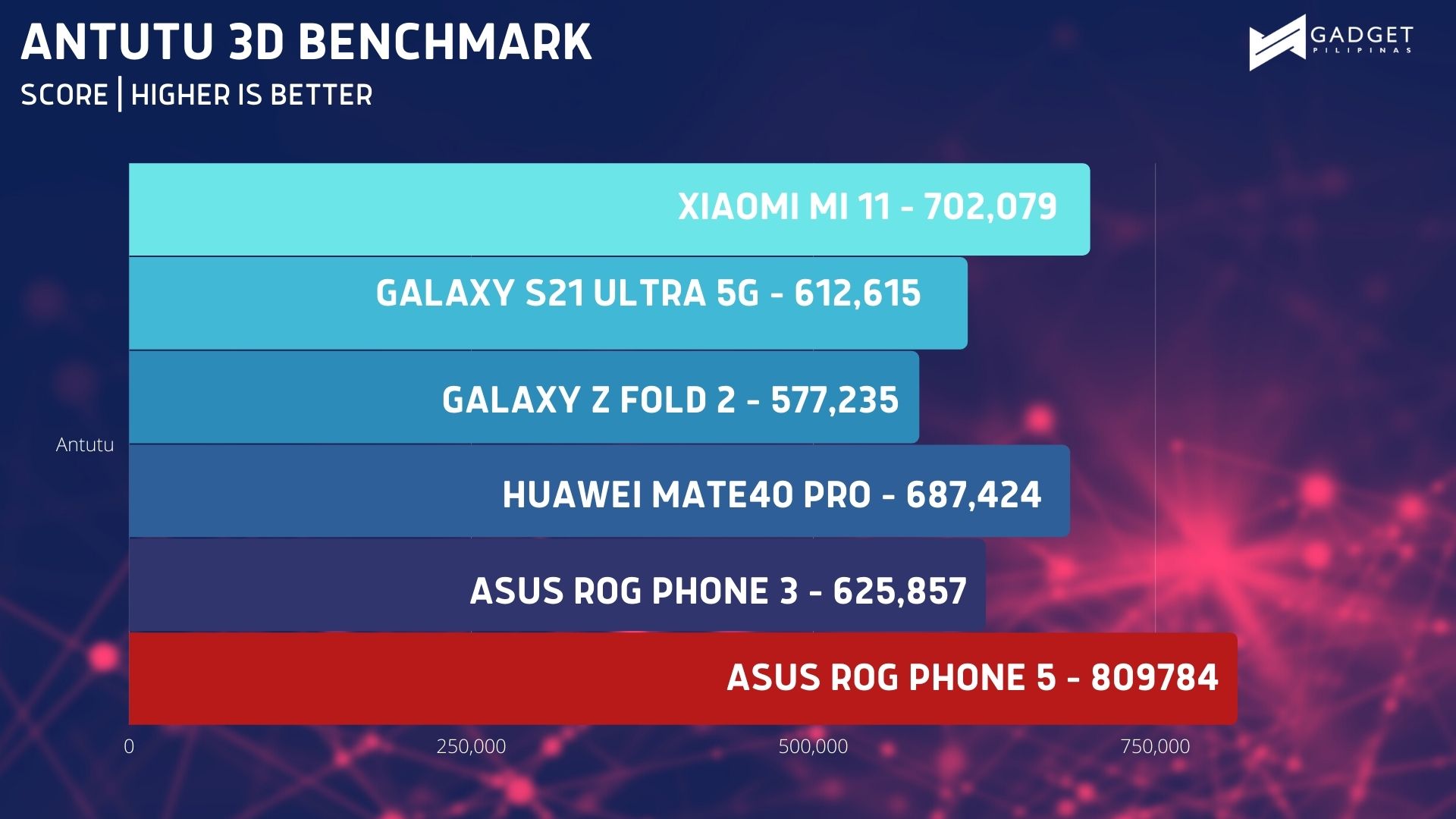
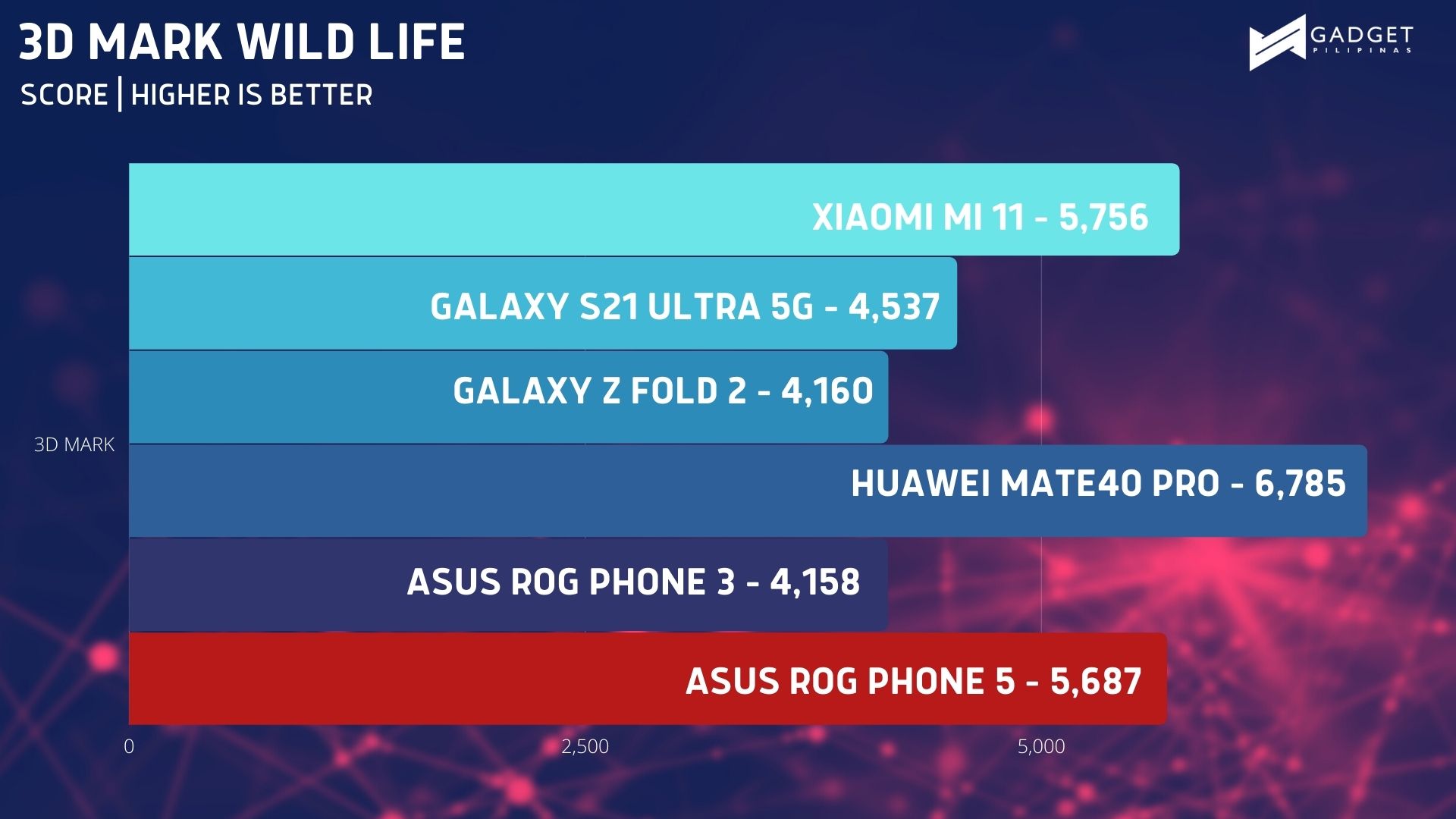
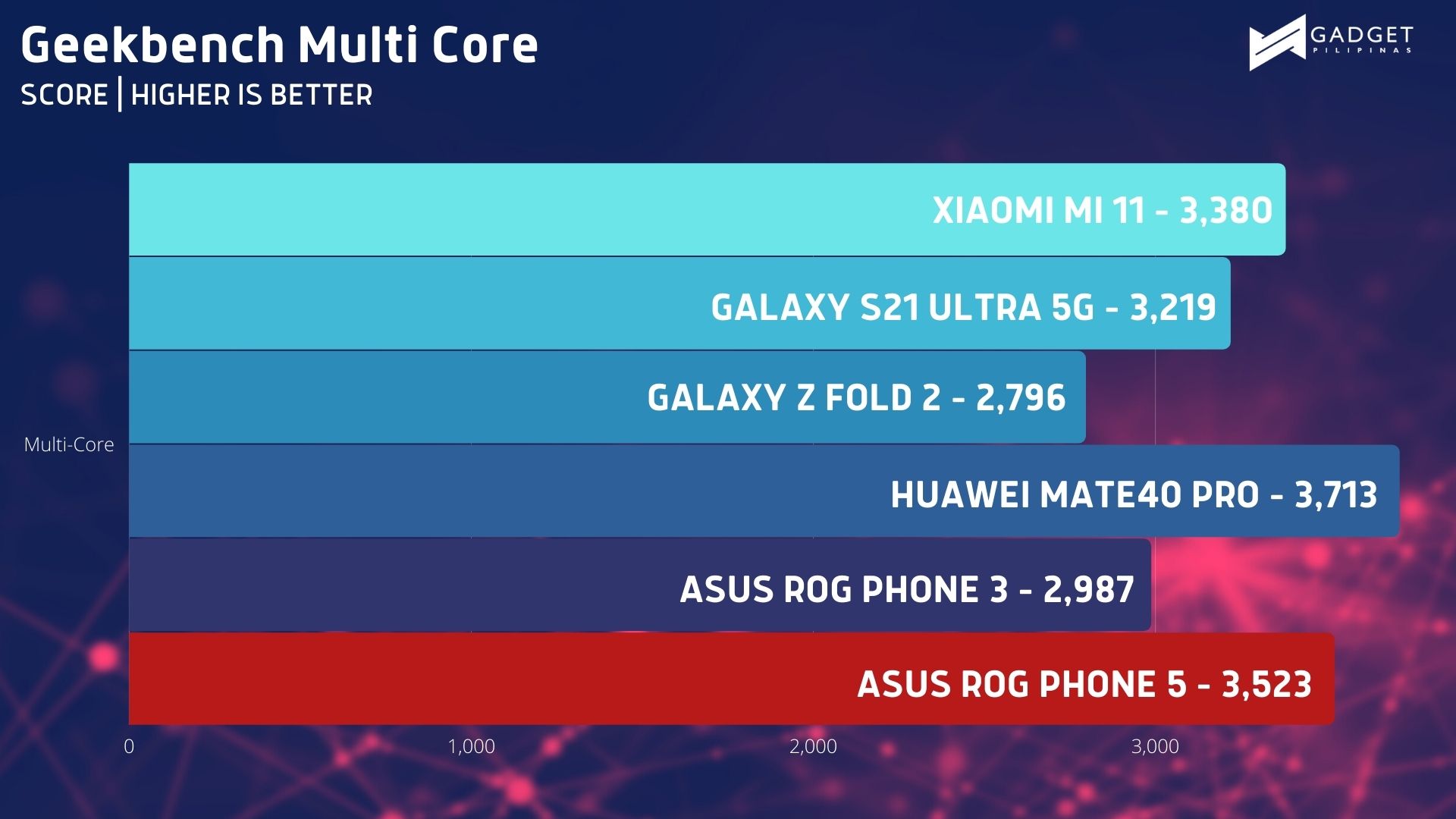
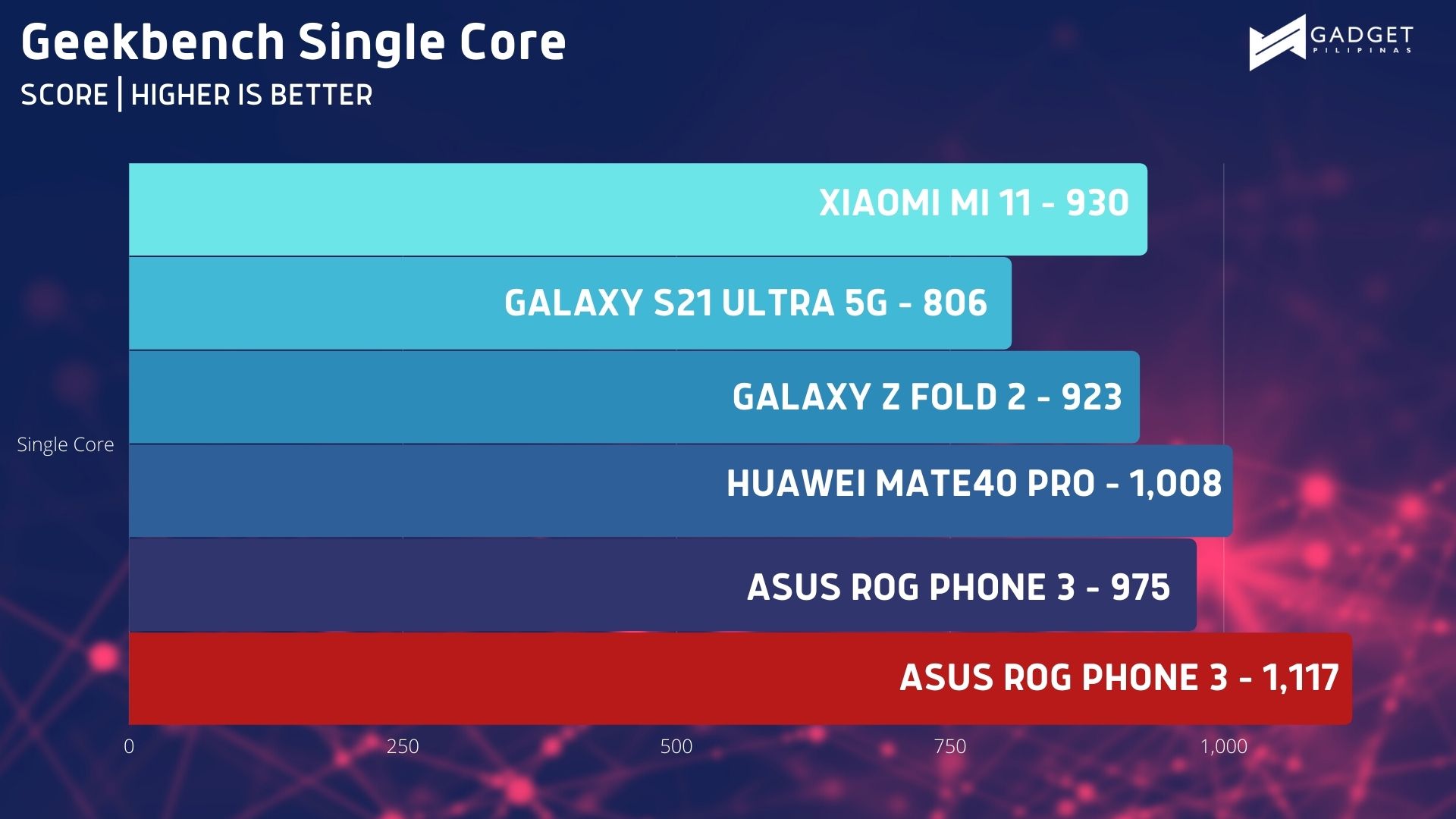
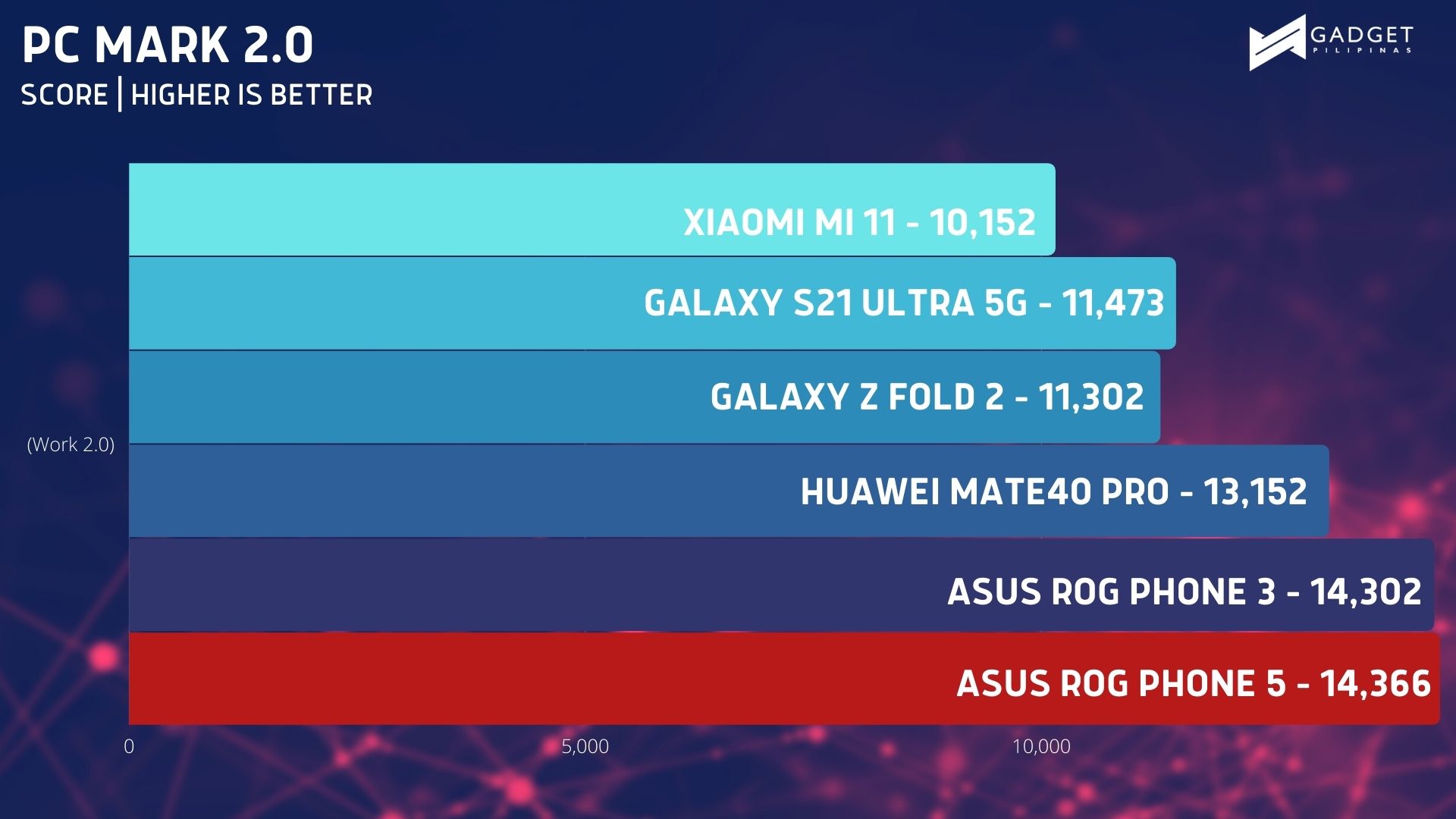
Real world performance shows a massive improvement in terms performance. Whether you’re playing PUBG Mobile, Call of Duty, Wild Rift or other premium mobile game titles, the ROG Phone 5 performed more than my expectations. We will have a separate article that delves in to the benchmark details of well known mobile games. If you know any games that you want us to benchmark, let us know in the comments section below.
On the question of “Why would you get a flagship gaming smartphone?”
Perhaps, one of the usual questions I encounter in the subject of gaming smartphones is “Why would you get one?”.
Flagship gaming smartphones tend to be faster than other devices of the same category due to the design and optimization. Gaming smartphones like the ROG Phone 5, Legion Duel 2 or the Xiaomi Black Shark 4 Pro have design features that are optimized for maximum gaming performance. If you don’t mind the “gamer look”, and you are after the ultimate performance you need, buying a flagship gaming smartphone is a good consideration.
Phones like the ROG Phone 5 usually has some level of cooling system apart from the usual copper cooling pads. Smartphones like Galaxy S21 Ultra and Xioami Mi 11 use copper cooling pads to regulate thermals. The new ROG Phone 5 also has GameCool 5 cooling system that helps the phone dissipate and manage thermals. This ensures that games being played perform at optimized settings regardless if the processor is being cranked up to its limits.
This is a welcoming feature for the new iteration. Based on our review of the ROG Phone 3, the highest temperature we got while playing Shadowgun Legends was 65C with the AeroActive Cooler 3.
With the AeroActive Cooler 5 installed on the ROG Phone 5, it indeed managed to cool the phone by 2-3C. The hottest temperature I recorded was 58C on Shadowgun Legends. This is definitely a welcome improvement since we are talking about a smartphone that runs on the Snapdragon 888, which can potentially reach more than 72C. Still, if you play more than an hour on your smartphone, heat can still build up and it can escalate or deescalate depending on various conditions: e.g, the game you are playing, where you are playing, and how the AA cooler is set.
An ROG Phone that uses a Samsung AMOLED display?!
The new ROG Phone 5 series packs a Samsung AMOLED display. As a gaming smartphone, the expectation is set really high, so the pressure for ASUS to make it the best in all aspects is equally high. With this latest series, the display is superior in various aspects: 300 Hz touch-sampling rate, 24.3 ms touch latency, Always-on HDR, Delta-E < 1 color accuracy, and E4 panel material. Combine this with a supreme display protection technology – Gorilla Glass Victus -, and you get yourself the best gaming smartphone without zero compromises on display input.
The ROG Phone 5 is the world’s first smartphone with the lowest touch latency – 300Hz touch sampling rate – in 60Hz, 120Hz, and 144Hz refresh rates, making it 65% faster than its competitors. While this is an overkill for regular consumers who love mobile games, this is proven to be a significant feature for eSports gamers. I use the ROG Phone 5 for Genshin Impact, Black Desert and some emulators so this touch sampling latency is the least of my concern. However, for gamers who play games for a living, in one way or another, this feature is a matter worth considering.
A gaming camera that you can enjoy as a content creation machine
Cameras are usually downplayed when brands market gaming smartphones. This isn’t the case on the ASUS ROG Phone 5 series. You’ll get a triple rear camera setup, with a Sony IMX686 sensor for its primary camera. Apart from this, you’ll also get a powerful 24 MP camera, which is almost at par with current flagship smartphones this year.
The Extras
There are few extra features that the ROG Phone 5 series possesses. The AirTrigger 5 control system has been dramatically improved. If you’re getting the ROG Phone 5 Pro and Ultimate, you’ll get additional hidden L2/R2 rear touch sensors at the back panel.
ASUS ROG also announced that the AeroActive Cooler 5 is not included in the package. In the Philippines, this accessory is part of the bundle, and ROG will even throw in an extra ROG Kunai Gamepad as bonus, which gives consumers a total bundle value of PhP10,485.
The new AeroActive Cooler 5, apart from the improved airflow (10C lower CPU temperature, 15C lower surface temperature), now features additional Left and Right triggers. This means that if you’re getting the (classic) ROG Phone 5, the new AeroActive Cooler 5 will compensate for the rear touch sensors it lacks. Fortunately, the ROG Phone 5 series has a side-mounted port that can accommodate a Type C charging cable, AeroActive Cooler 5, and other accessories.
Apart from the mentioned features, one of the best improvements to the ROG Phone 5 is its audio system. ROG calls this GameFX audio system, which features symmetrical seven-magnet dual speakers. They also collaborated with Dirac, which helped them tweak and improve the ROG Phone 5 series’ sound quality for better gaming immersion.
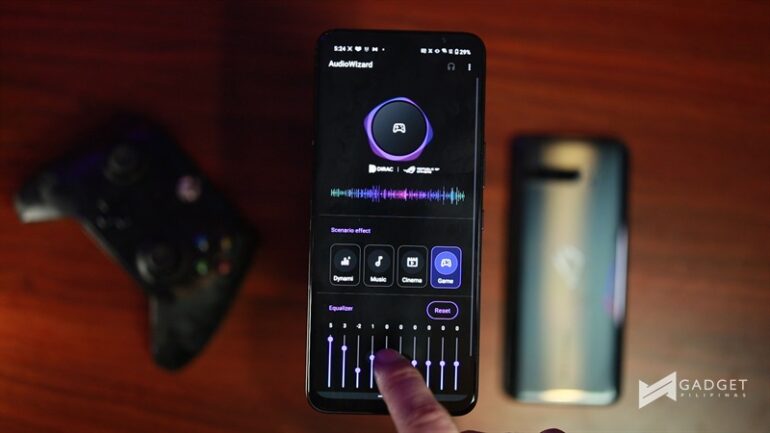
For what it’s worth, I like most about the sound department is the return of the 3.5mm headphone jack. This proves that ASUS ROG listens to their customers and puts their requests to utmost consideration when making smartphones.
One more thing that I’d like to point out is this phone’s compatibility with 5G and Wifi 6. The ROG Phone 5 is the second in the series to be compatible with these new standards of connectivity.
Battery shouldn’t also be an issue because this still packs a 6000mAh that can be charged in just over an hour. ASUS also put up certain limiters in the system, which allows users to bypass the charging to a specific percentage to preserve the battery efficiency.
Hardware Design
Before I wrap up, I’d like to talk about its hardware design. It bears almost the same size of the ROG Phone 3, and the camera cutout is not disappointingly huge, unlike other flagship smartphones. Its overall look, in my opinion, looks better than its predecessors. ROG toned down its “gamer” design, and resorted to a cleaner and sleek look. Yup, gaming features such as RGB lights and laser-engravings on the haptic triggers, but definitely looks better in many respects.
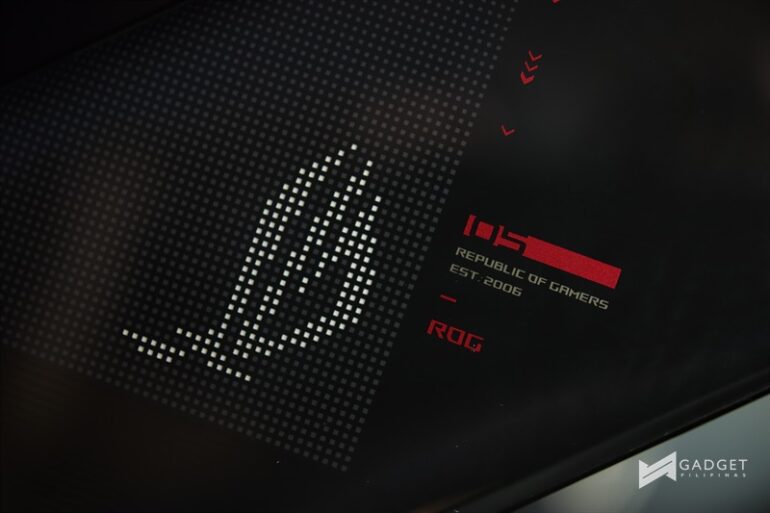 This design, however, is frailer than its predecessors. This device failed in Jerry Rig Everything’s durability test, similar to what happened to the new Legion Duel 2 (Like what’s with gaming smartphones these days?). Sure the display with Gorilla Glass Victus can withstand scratches from keys and coins, but I’m very concerned with how durable the back panel will be.
This design, however, is frailer than its predecessors. This device failed in Jerry Rig Everything’s durability test, similar to what happened to the new Legion Duel 2 (Like what’s with gaming smartphones these days?). Sure the display with Gorilla Glass Victus can withstand scratches from keys and coins, but I’m very concerned with how durable the back panel will be.
Verdict
The ROG Phone 3 is still fresh, and the existence of ROG Phone 5 brings a lot of questions to consumers. “Why did you launch it too early?”, “Should I upgrade to the ROG Phone 5 if just bought an ROG Phone 3?”, “Should I feel bad if I just bought an ROG Phone 3?”.
ROG Phone 5 is not for those who just got the ROG Phone 3. As someone who owns the ROG Phone 3, the increase in actual performance isn’t something really significant. This is targeted at those who own the first and second ROG Phone. If you own one and you are still considering owning a gaming smartphone, consider the ROG Phone 5 your next smartphone.
This smartphone isn’t perfect. There are specific features that still needs to be refined, and the issue of durability lingers. Thermals have been improved, and battery optimization seems better this time around because of the limiter that ASUS imposed in the system.
Giancarlo Viterbo is a Filipino Technology Journalist, blogger and Editor of gadgetpilipinas.net, He is also a Geek, Dad and a Husband. He knows a lot about washing the dishes, doing some errands and following instructions from his boss on his day job. Follow him on twitter: @gianviterbo and @gadgetpilipinas.

